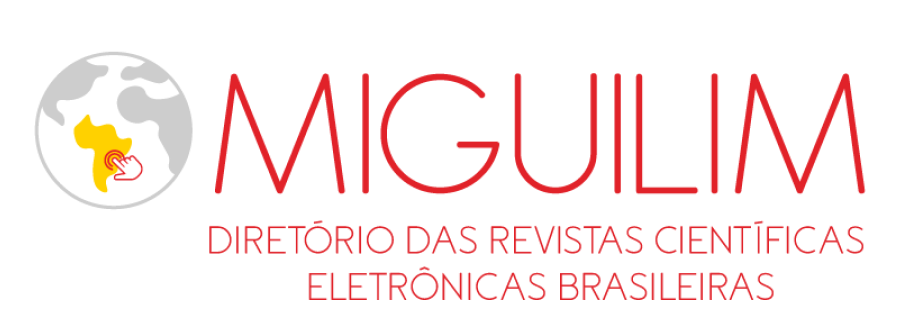Active linguistic learning through syntactic cartography
For a reflective pedagogical practice
DOI:
https://doi.org/10.5281/zenodo.14219369Keywords:
Linguistics, Syntactic Cartography, Active Linguistic LearningAbstract
The similarities of subject structures and topic-subject constructions have led formal perspectives to focus their studies on differentiating such linguistic artifacts, as well as promoting an interface with Basic Education, since these language facts are studied in primary education. The aim of the work, in addition to highlighting the inconsistencies of Traditional Grammar in the conceptualization of the subject element, is also to propose an analysis of topicalized structures based on the Generative Grammar Cartographic Program (Rizzi, 1997). The hypothesis is that metalinguistic knowledge from formal theories can shed light on explanations that are more coherent with the internal knowledge of the speaker who goes through the schooling process. Furthermore, teaching practices are proposed as a methodology for teaching sentences that contain a topic, with the framework of Active Linguistic Learning (Pilati, 2017), which promotes the use of manipulable materials in grammar classes, in order to offer the exercise of metacognition in language teaching.
Downloads
References
BRASIL. Lei de Diretrizes e Bases da Educação Nacional, LDB. 9394/1996. BRASIL.
CHOMSKY, N. Syntactic Structures. The Hague: Mouton, 1957.
______. Knowledge of language: its nature, origin and use. New York: Praeger, 1986.
______. Estrutura sintática. Petrópolis, RJ: Vozes, 2015.
CUNHA, Celso. Nova gramática do português contemporâneo. 7 ed., reimpr. – Rio de Janeiro: Lexikon, 2017. 800 p.
DUARTE, M.E.L. Termos da Oração. In: VIEIRA S.R.& BRANDÃO, S. F. (Orgs.) Ensino de Gramática. Descrição e uso. São Paulo. Editora Contexto, 2007.
KENEDY. E. Curso básico de linguística gerativa. SP: Ed. Contexto, 2013.
MIOTO, C.,SILVA, M. C.F., LOPES, R.E.V. Novo manual de sintaxe. Florianópolis : Insular, 3ª ed., 2007.
NETO, A. T. Sintaxe Gerativa: uma introdução à cartografia sintática. Nova Campinas, SP: Editora da Unicamp, 2021.
PILATI, E. Linguística, gramática e aprendizagem ativa. 2. ed. Campinas, SP: Pontes, 2017.
PILATI, Eloisa. Sobre o uso de materiais manipuláveis nas aulas de gramática, aprendizagem ativa e metacognição In: GUESSER, Simone; RECH, Núbia Ferreira (orgs.). Gramática, Aquisição e processamento linguístico: subsídios para o professor de língua portuguesa. Campinas, SP: Pontes Editores, p. 87- 108, 2020a.
POLLOCK, Jean-Yves. 1989. Verb Movement, Universal Grammar, and the Structure of IP, em Linguistic Inquiry 20, 3, p. 365-424.
PERINI, Mário Alberto. Para uma nova gramática do português. São Paulo: Ática, 1985.
______, Mário Alberto. Gramática descritiva do português. 4. ed. São Paulo: Ática, 2005.
RIBEIRO, C. Metacognição: Um Apoio no Processo de Aprendizagem. Psicologia: Reflexão e Crítica, 2003.
RIZZI, L. 1997. The fine structures of left periphery. In: Haegeman, L. (Ed.). Elements of gramar: Handbook in Generative Syntax, p. 281-337, Dordrecht: Kluwer Academic Publishers.
SALIMO, Calawia. Descrição e análise sintática de extensões verbais em Kimwani, uma língua bantu falada em Moçambique. Tese (Doutorado). Universidade Federal de Santa Catarina, Centro de Comunicação e Expressão. Programa de Pós-Graduação em Linguística, Florianópolis, 2021.
Published
How to Cite
Issue
Section
Copyright (c) 2024 Revista Processando o Saber

This work is licensed under a Creative Commons Attribution 4.0 International License.
Os direitos autorais dos artigos publicados pertencem à Revista Processando o Saber e seguem o padrão Creative Commons (CC BY), que permite o remixe, adaptação e criação de obras derivadas do original, mesmo para fins comerciais. As novas obras devem conter menção ao(s) autor(es) nos créditos.
























